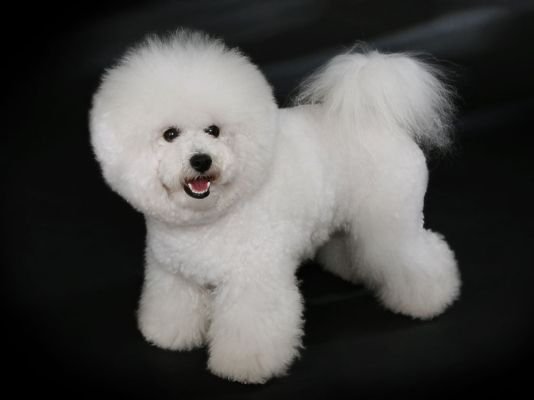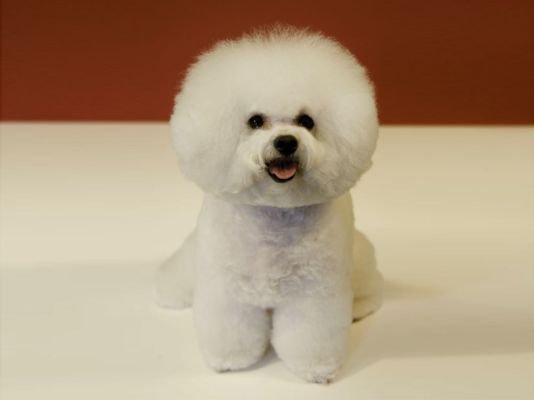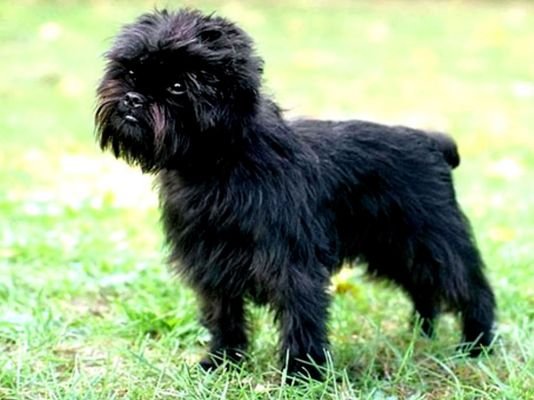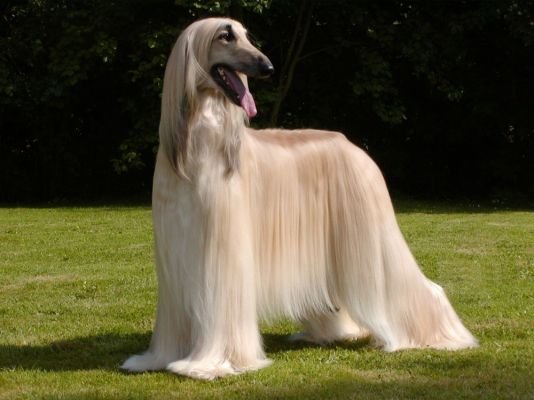





Meet the Bichon Frise: The Fluffy Cloud with a Playful Heart
Imagine a living cotton ball that’s equal parts charm and mischief—that’s the Bichon Frise! With their snow-white curls and sparkling eyes, these small dogs have charmed royalty and modern families alike. But beyond their adorable looks lies a lively personality and a few quirks. Let’s dive into what makes this breed a beloved companion and what you need to know before bringing one home.
Quick Snapshot
| Trait | Bichon Frise |
|---|---|
| Height | 9–12 inches (23–30cm) ♂/♀ |
| Weight | 9–18 lbs (4–9kg) ♂/♀ |
| Lifespan | 12–15 years |
| Coat | Fluffy, hypoallergenic; pure white |
| Energy Level | Moderate (30–45 mins/day) |
| Barking | Occasional (they’re more about cuddles!) |
Looks & Grooming: The High-Maintenance Fluffball
Think “walking marshmallow meets salon regular”:
- Signature Style: That cloud-like coat isn’t just for show—it’s hypoallergenic! Their double-layered fur (soft undercoat + curly outer layer) sheds minimally but mats easily. Daily brushing with a slicker brush is non-negotiable to prevent tangles.
- Grooming 101: Professional trims every 4–6 weeks keep their signature rounded look. Pro tip: Tie their head fur into a topknot to avoid eye irritation from stray hairs.
- Tear Stains Alert: Those rusty streaks under their eyes? Blame genetics or allergies. Wipe daily with a vet-approved solution and trim facial hair to reduce moisture buildup.
Personality: The Social Butterfly
This breed mixes 70% “lap lover” with 30% “class clown”:
- Family Fit: Gentle with older kids but may get overwhelmed by toddlers. Their small size makes them fragile—supervise playtime to avoid accidental bumps.
- Pet Compatibility: Gets along with cats if raised together. Other dogs? They’ll happily join the pack, but early socialization is key.
- Mind Games: Boredom = chewed slippers! Puzzle toys or hide-and-seek with treats keep their sharp minds busy.
Training Tip: Use cheese bits, not scolding! Bichons aim to please but can be stubborn. Keep sessions short (10–15 mins) and reward-based. Housebreaking might test your patience—consistency wins.
Pros & Cons
| Pros | Cons |
|---|---|
| Hypoallergenic & low-shedding | High grooming demands (daily brushing!) |
| Adapts to apartments & small spaces | Prone to separation anxiety (Velcro dog!) |
| Cheerful, kid-friendly companion | Tear stains require constant maintenance |
Health & Nutrition
Diet Essentials:
- Adults: ½–1½ cups high-protein kibble (25%+ meat). Avoid fillers like corn—opt for grain-free formulas to reduce allergy risks.
- Bladder Stone Alert: These pups are prone to calcium oxalate stones. Offer fresh water 24/7 and consider a vet-approved urinary health diet.
- Joint Care: Their tiny legs need glucosamine supplements. Watch for signs of patellar luxation (limping or “skipping” steps).
Exercise Musts:
- Morning: 15-min sniff walk (let them lead—they’re curious explorers!).
- Evening: Indoor fetch or obedience drills (their idea of a workout!).
Spotting a Healthy Pup
| Trait | Healthy Pick | Red Flags! |
|---|---|---|
| Eyes | Bright, no discharge | Cloudiness or excessive tearing |
| Movement | Bouncy, no limping | Stiffness or reluctance to jump |
| Temperament | Curious but calm | Trembling or aggression |
Ethical Breeder Checklist:
- Health clearances: Patella, hip, and eye certifications.
- Parents with stable temperaments (ask to meet them!).
- Puppies raised in homes (exposed to vacuums, doorbells).
Final Thought
The Bichon Frise isn’t just a pet—it’s a fluffy bundle of joy that thrives on love and attention. Perfect for city dwellers or retirees craving a loyal shadow. Skip if you’re a neat freak… but if you’re ready for endless cuddles and a dog that’ll out-charm everyone, this breed’s unforgettable.
P.S. Rescue alert! Check Bichon-specific rescues—many adults need homes after owners underestimated their clinginess. Adopting one? That’s giving a cotton ball a second chance to shine!
References
: Historical background and grooming needs.
: Diet recommendations and exercise tips.
: Temperament and family compatibility.
: Training challenges and health considerations.
: Comprehensive breed characteristics and care.
: Tear stain management.
: Bladder stone prevention.
: Common health issues and breeder checks.


